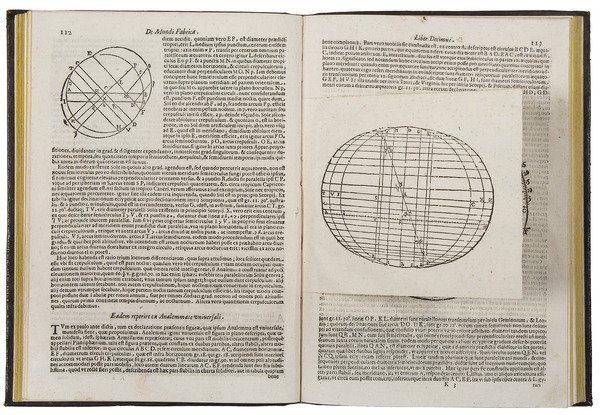
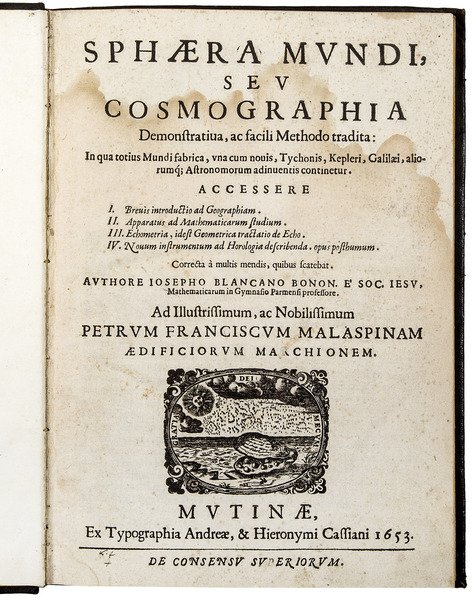
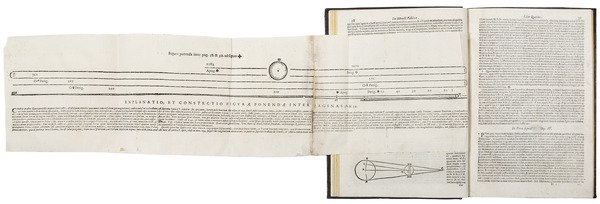
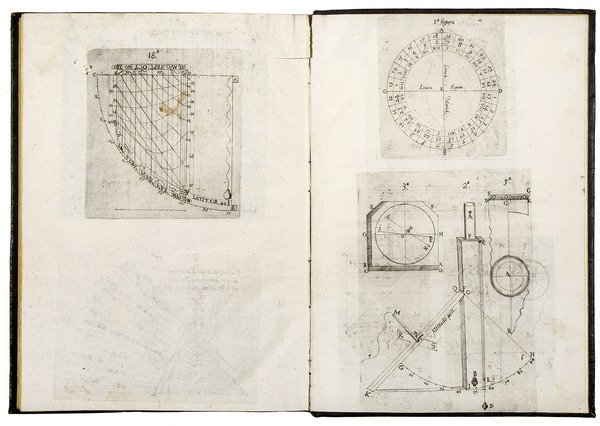
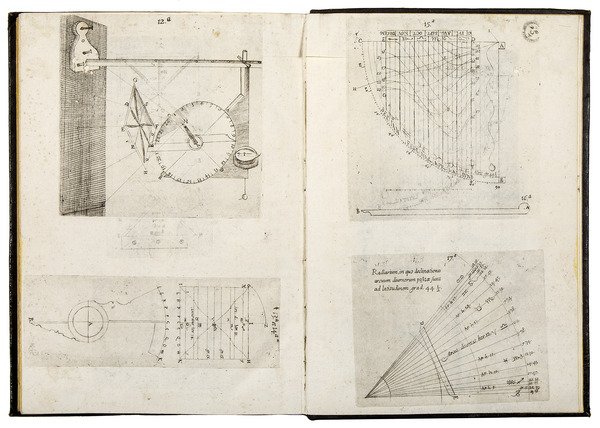
Libro
Biancani, Giuseppe (1566-1624)
Sphaera mundi seu Cosmographia demonstrativa
Andrea and Girolamo Cassiani, 1653
no disponible
Govi Libreria Antiquaria (Modena, Italia)
Habla con el libreroLos gastos de envío correctos se calculan una vez introducida la dirección de envío durante la creación del pedido. El vendedor puede elegir uno o varios métodos de envío: standard, express, economy o in store pick-up.
Condiciones de envío de la Librería:
Para los productos con un precio superior a 300 euros, es posible solicitar un plan de pago a plazos al Maremagnum. El pago puede efectuarse con Carta del Docente, Carta della cultura giovani e del merito, Administración Pública.
Los plazos de entrega se estiman en función de los plazos de envío de la librería y del transportista. En caso de retención aduanera, pueden producirse retrasos en la entrega. Los posibles gastos de aduana corren a cargo del destinatario.
Pulsa para saber másFormas de Pago
- PayPal
- Tarjeta de crédito
- Transferencia Bancaria
-
-
Descubre cómo utilizar
tu Carta del Docente -
Descubre cómo utilizar
tu Carta della cultura giovani e del merito
Detalles
Descripción
FOURTH EDITION, dedicated to Marquis Pier Francesco Malaspina degli Edifici, of this rare Jesuit treatise on astronomy, which "brought Clavius's Sphaera up to date, incorporating in it the discoveries of Galileo, Kepler, and others, and enthusiastically endorsed the advances being made in astronomy [.] [In particular, Biancani] defended Galileo's stand regarding mountains on the moon [.] Unfortunately this student of Clavius got too enthusiastic in Galileo's cause, and his remaining writings were never passed for publication by the censors of his Order" (W.A. Wallace, Galileo's Jesuit connections and their influence on his science, in: M. Feingold, ed., "Jesuit Science and the Republic of Letters", Cambridge MA-London, 2003, pp. 108-9).
The first edition of the Sphaera mundi appeared in Bologna in 1620, followed by a reprint in 1630 and an enlarged edition issued in Modena in 1635, the first to include the second part on sundials.
"In present-day literature [Biancani] is sometimes depicted as an opponent of Galileo and the new science, but his exchanges in the unpublished sources with several Jesuit censors over his two main books show that quite the opposite was the case. These documents clearly reveal a split within the Jesuits at that time between the philosophers of orthodox Aristotelian persuasion and a group of mathematicians and astronomers, including Biancani, who advocated the autonomy of astronomy and mathematics and a more quantitative and descriptive approach, which resulted in some quite anti-Aristotelian views. Thus although he disputed some of Galileo's calculations, Biancani agreed that the surface of the Moon was mountainous and not a smooth sphere; he also maintained that the heavens were composed of fluid matter, not solid spheres, another anti-Aristotelian view" (R.J. Blackwell, Galileo, Bellarmine, and the Bible, Notre Dame IN, 1991, pp. 148-9).
Biancani's Sphaera includes three appendices on various topics only loosely related to cosmology. The first, on geography, contains a discussion on the origin of mountains that influenced Bernhardus Varenius' Geographia generalis (1650). The second appendix, Apparatus ad mathematicarum stadium, is an introduction to mathematical disciplines addressed to students.The third appendix to the book, Echometria, is devoted to acoustics. "Giuseppe Biancani can be considered as the founder of geometrical acoustics, a theory that – from the time of Athanasius Kircher until at least the end of the 18th century – was traditionally used to explain how speaking- and hearing-trumpets worked" (P. Barbieri, The Jesuit acousticians and the problem of wind instruments (c. 1580-1680), in: "Analecta Musicologica", 38, 2007, p. 156).
Giuseppe Biancani entered the Society of Jesus in 1592. He first studied mathematics under Christopher Clavius at the Collegio Romano in Rome. Between 1596 and 1599 he lived in Padua, where he completed his studies and met Galileo, the latter having been appointed professor of mathematics at the local University in 1592. From Padua Biancani moved to the Jesuit College in Parma, where he taught mathematics for the rest of his life, Giovanni Battista Riccioli counting amongst his pupils in his final years.
Riccardi, I, col. 128 no. 2.4; Carli-Favaro, no. 239; Cinti, no. 95 (3rd edition); Jesuit Science in the Age of Galileo, no. 5 (1st edition).
